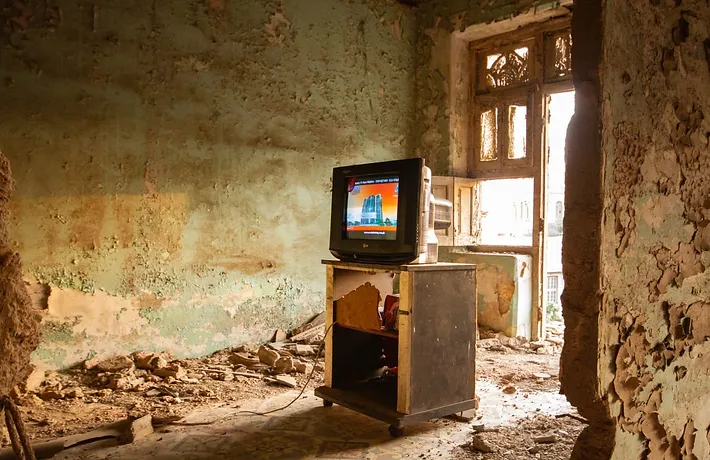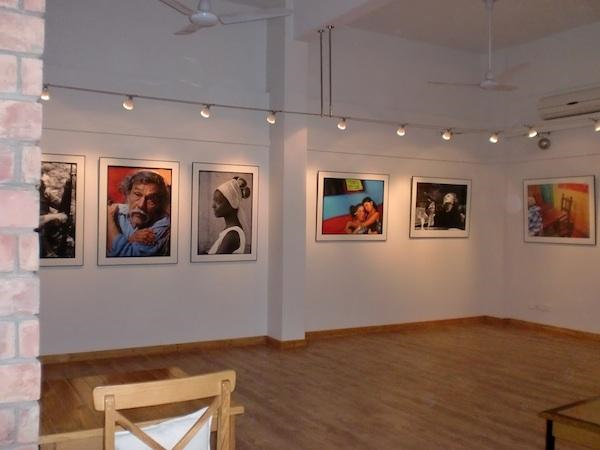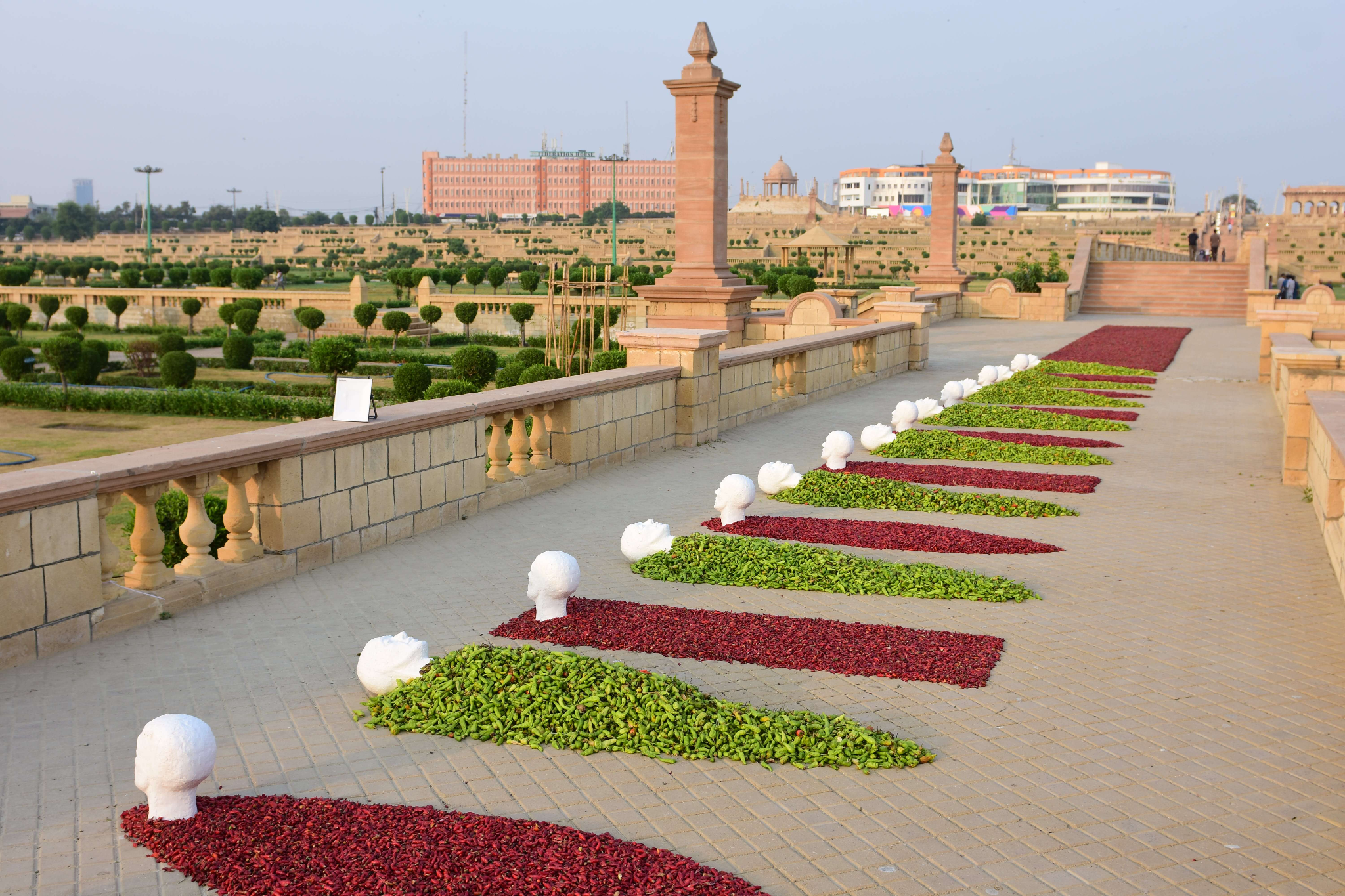
Amidst social and political upheavals, art has the potential to be a platform for dissent, allowing artists space to challenge mainstream perspectives and provoke critical thinking. Through visual art, Pakistani artists navigate complex social dynamics, allowing viewers to relate and find themselves in their work as well. Recently, during these turbulent times of social and political turmoil in Pakistan, many emerging and established artists in the country have deemed it necessary to root their practices within their socio-political and economic contexts, creating meaningful, socially engaged works. Contemporary art in Pakistan has begun to transcend mere aesthetics and often serves as a form of resistance, carrying the potential to be a force for social change, cultural expression and identity.
As the art scene in Pakistan continues to evolve, galleries play a vital role in defining the trajectory of contemporary art. Many contemporary art galleries in Pakistan draw inspiration from Western architectural trends, particularly the minimalist “white cube” design characterized by clean lines, neutral colors, and unobtrusive interiors. The emphasis is on creating a space that is devoid of distraction, allowing the artwork to take center stage and be viewed in isolation. Strict curatorial standards – managing lighting and space – aim to ensure an overall ambiance of quiet contemplation, where viewers are encouraged to engage with the work.
However, the fact remains that art that is exhibited in galleries can often be decontextualized from the social and political context in which the work was created, focusing on mere aesthetics and commercial aspects. Art galleries can be exclusive in nature, catering primarily to wealthy collectors and patrons. They usually tend to represent seasoned, formally trained artists while marginalizing others, reinforcing existing power structures within the art world.
Similarly, CFAW utilizes context-driven arts-based methodologies to empower individuals, communities, and organizations. It provides spaces to young artists, writers and creatives to create work while in conversation with one another, hosting workshops and exhibitions while using care and community as a framework for the creative process rather than destruction. These organizations, among others, provide platforms for artists who may otherwise struggle to find avenues to share their work. There is much we can learn from artists who haven’t been through formal artistic training. Their work often resists traditional and expected ways of thinking and creating. By operating outside the mainstream art scene, they function under a different paradigm – that there is so much more to being an artist than making art. For instance, Arsalan Nasir’s work poignantly cultivates conversations surrounding social, cultural and environmental concerns and is not limited to the gallery space, often searching for meaningful ways to root his work into the city and spaces that surround him. His work pushes the boundaries of what constitutes art. It utilizes multimedia forms of art-making, exploring unconventional and often transient installations, and art’s role in the public sphere.



